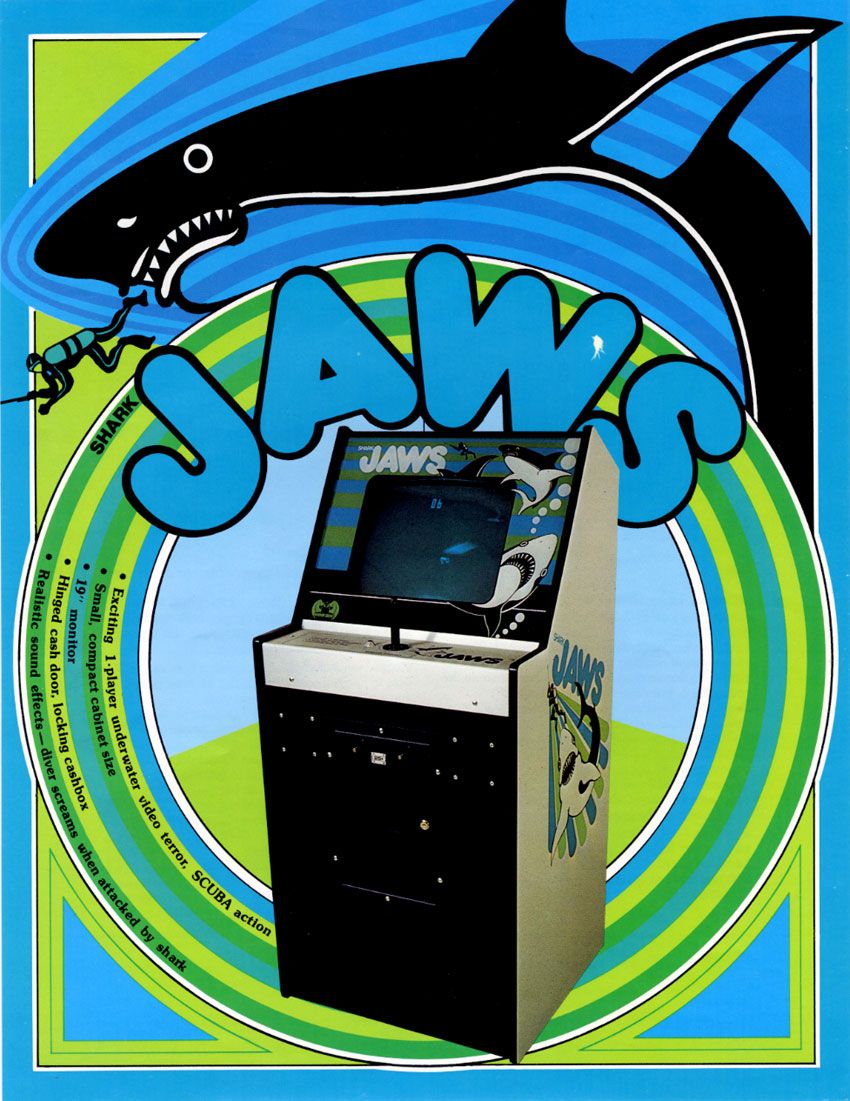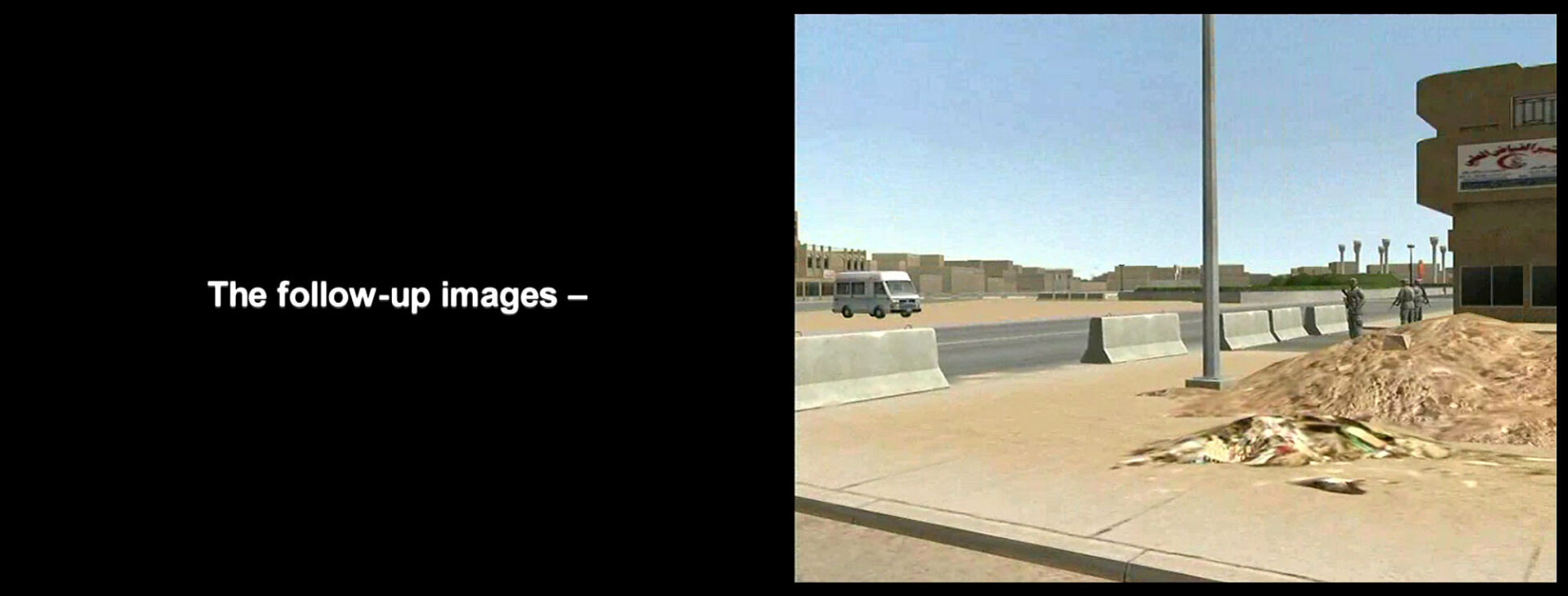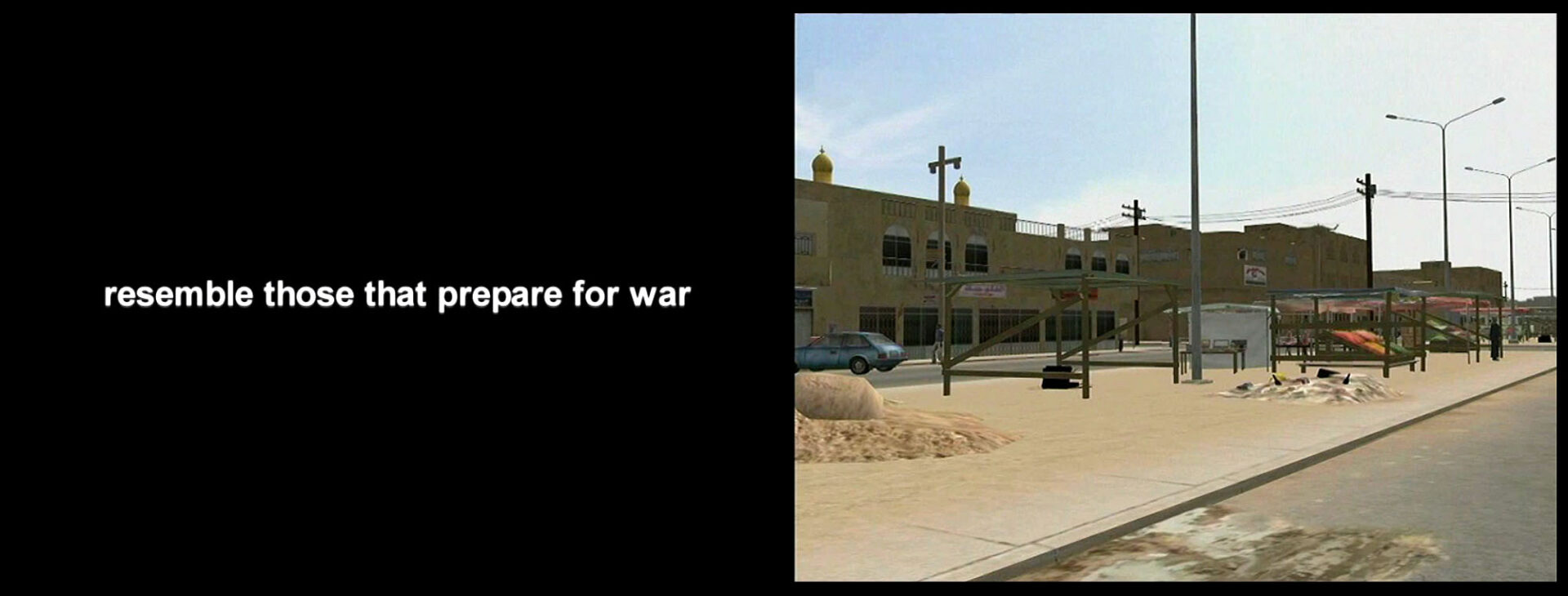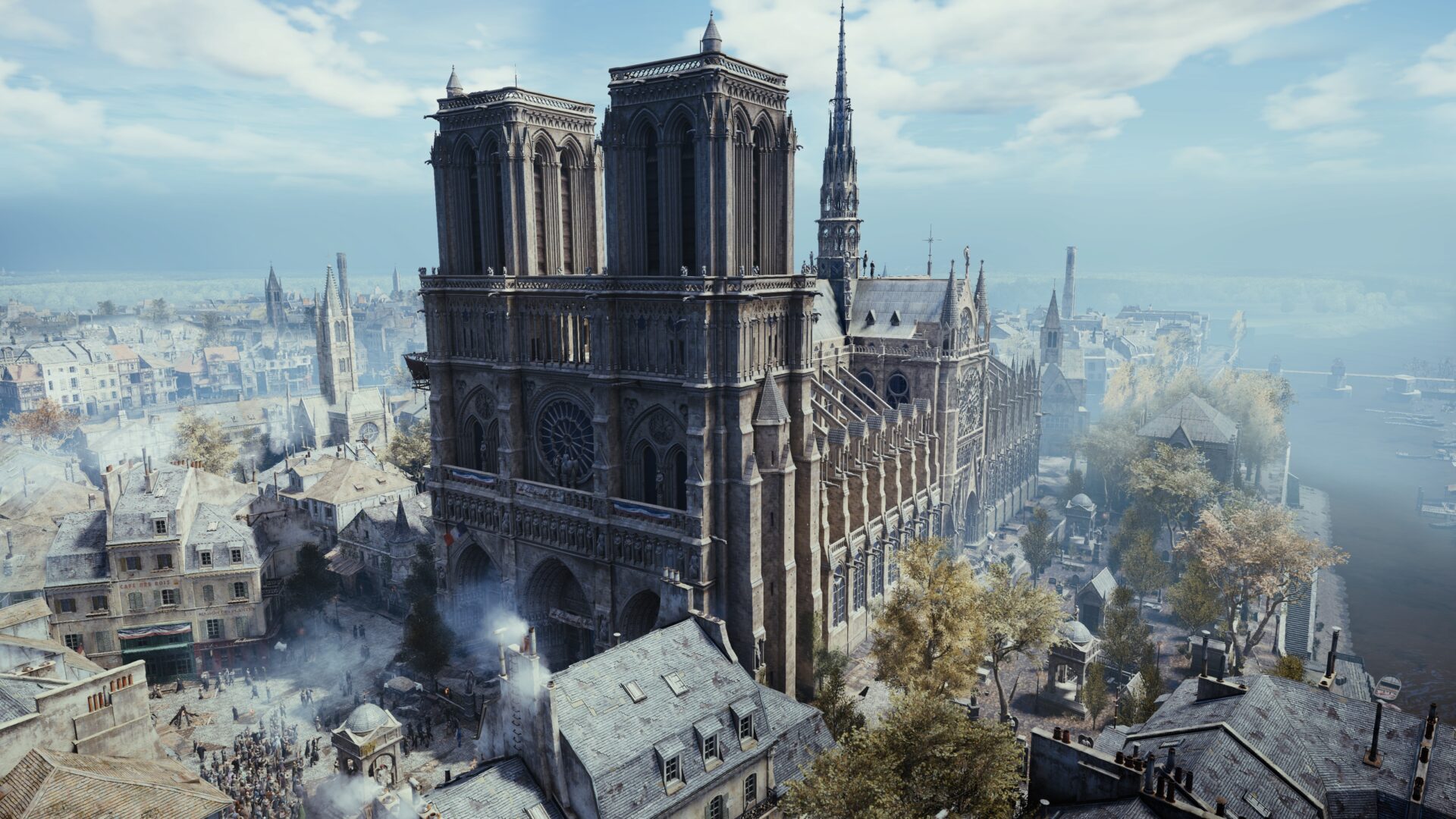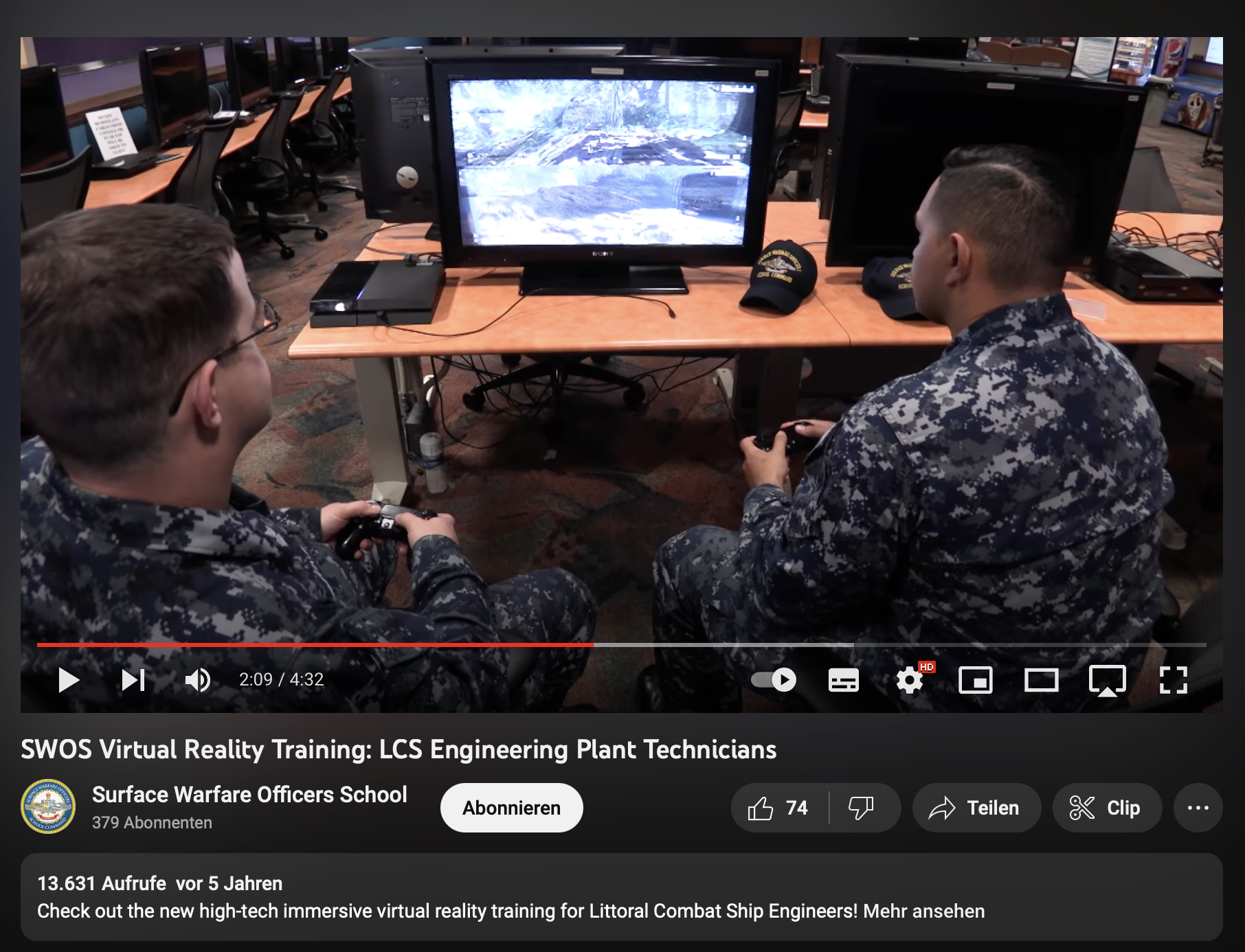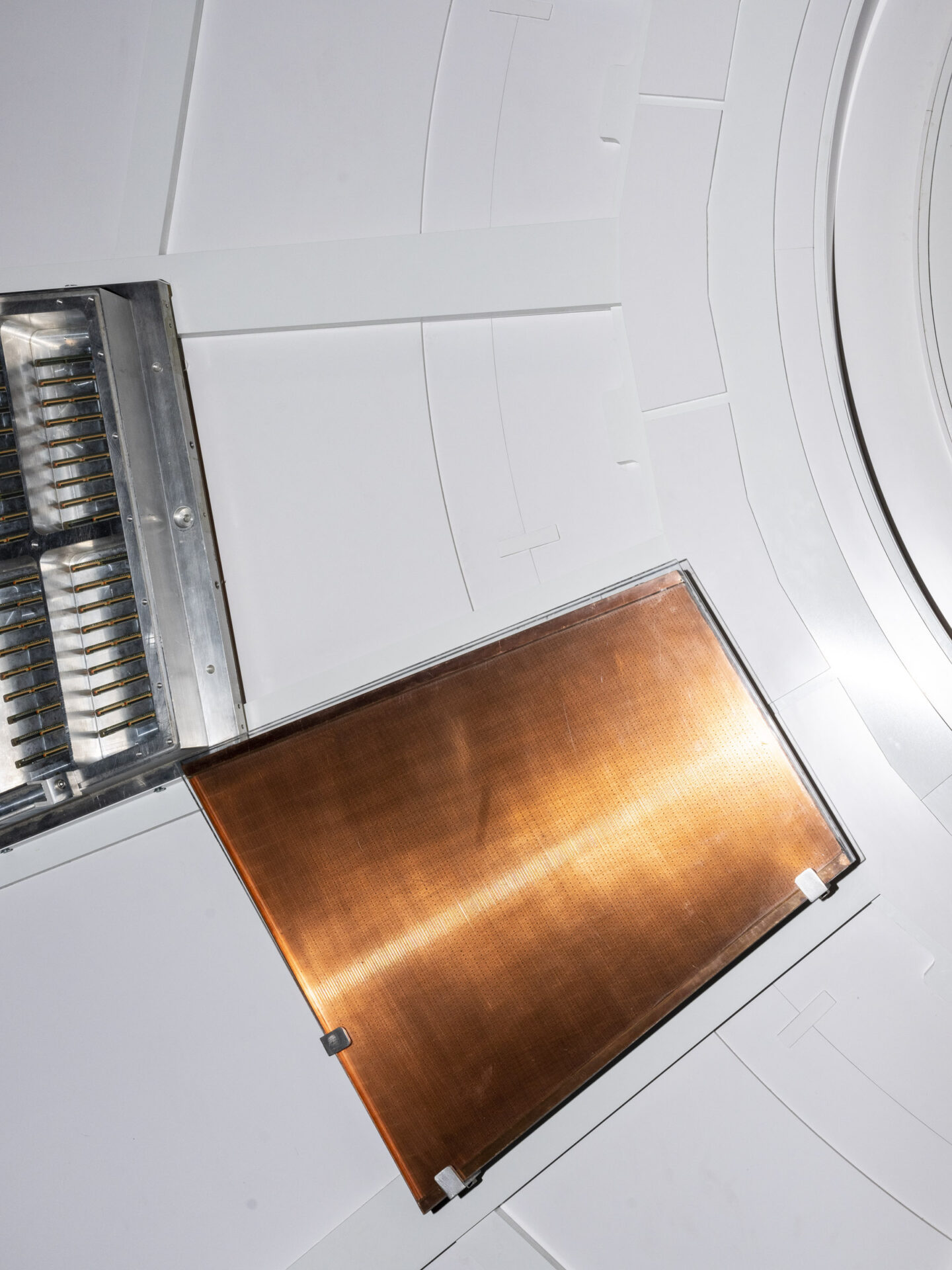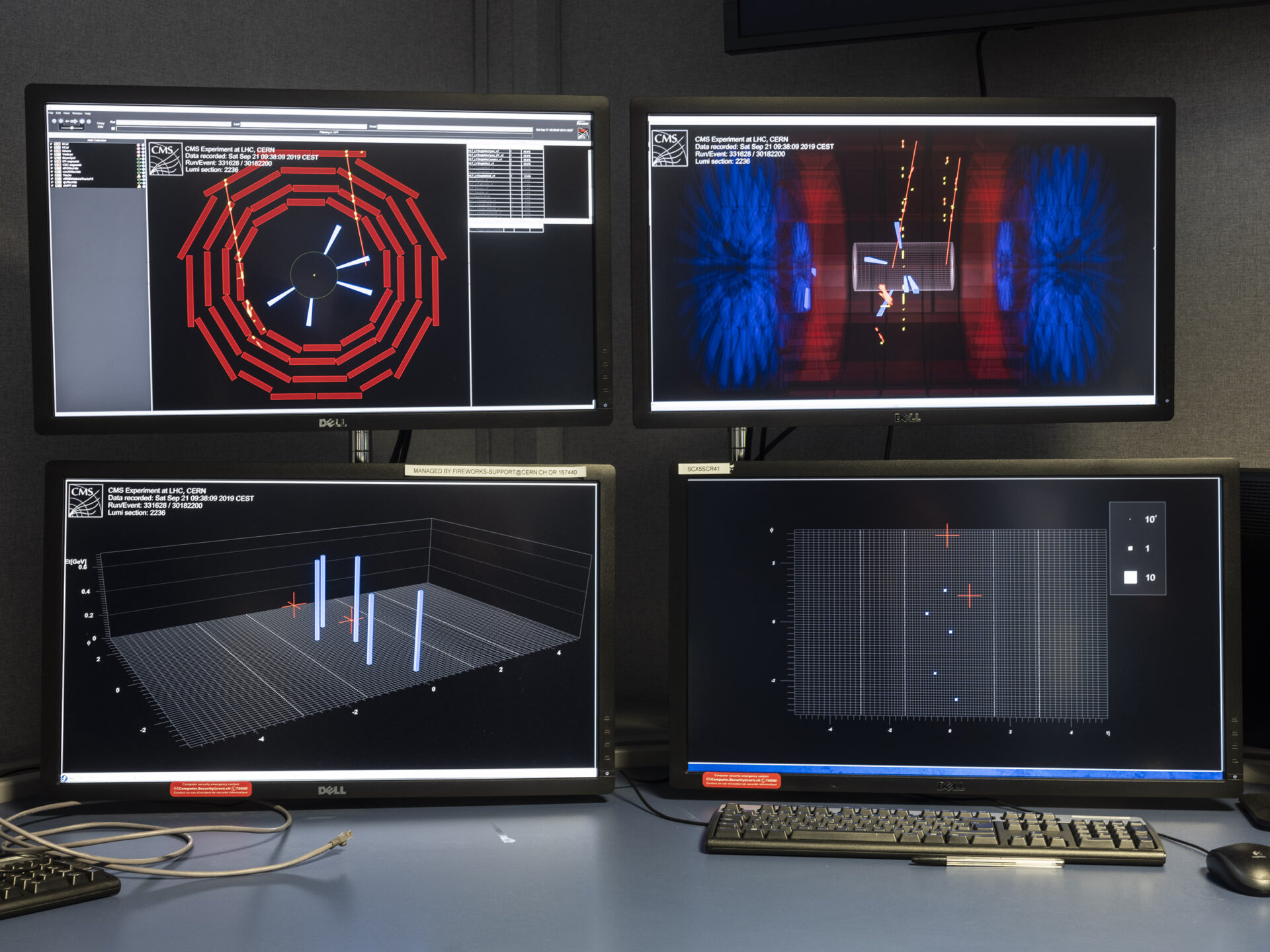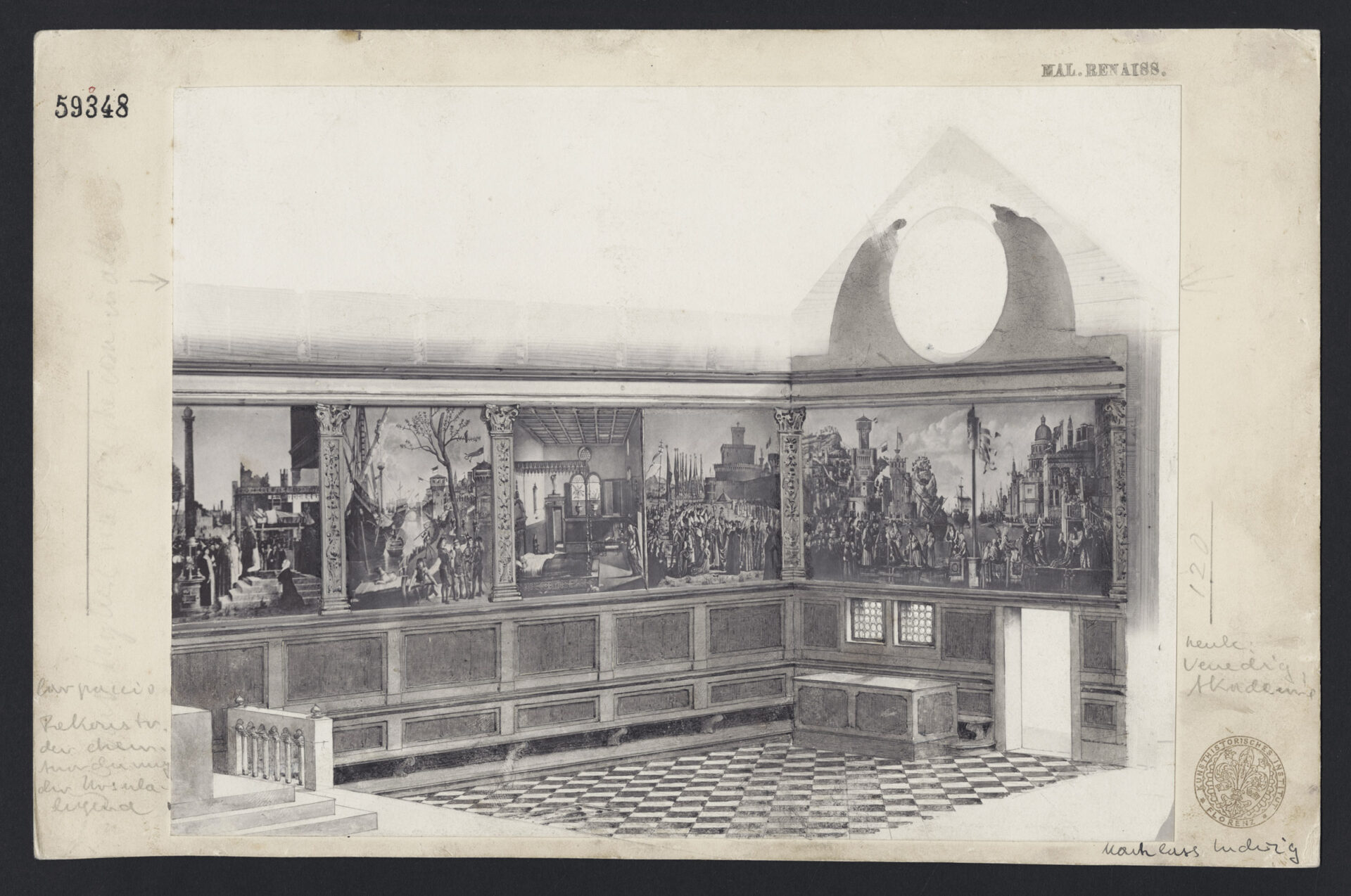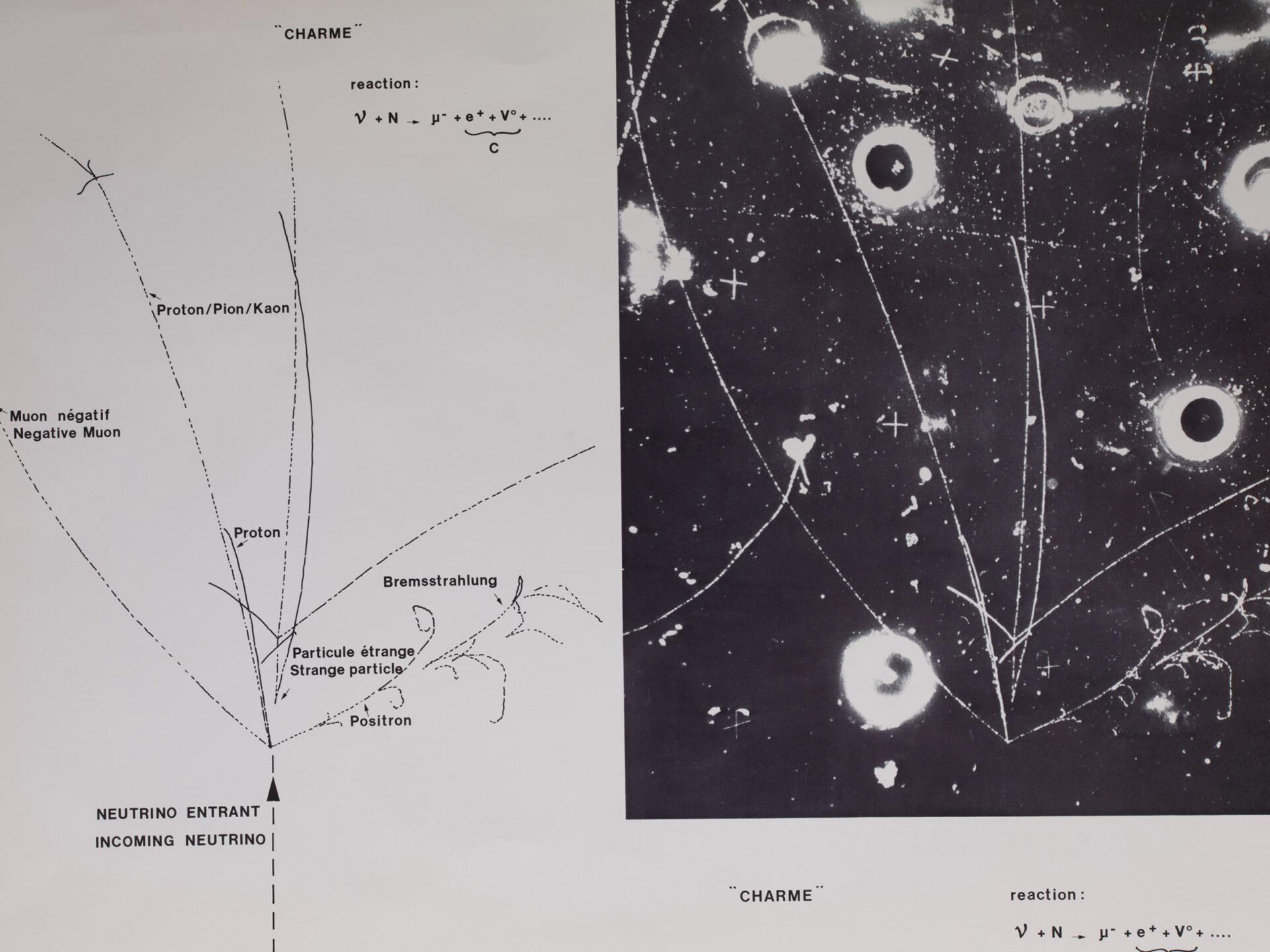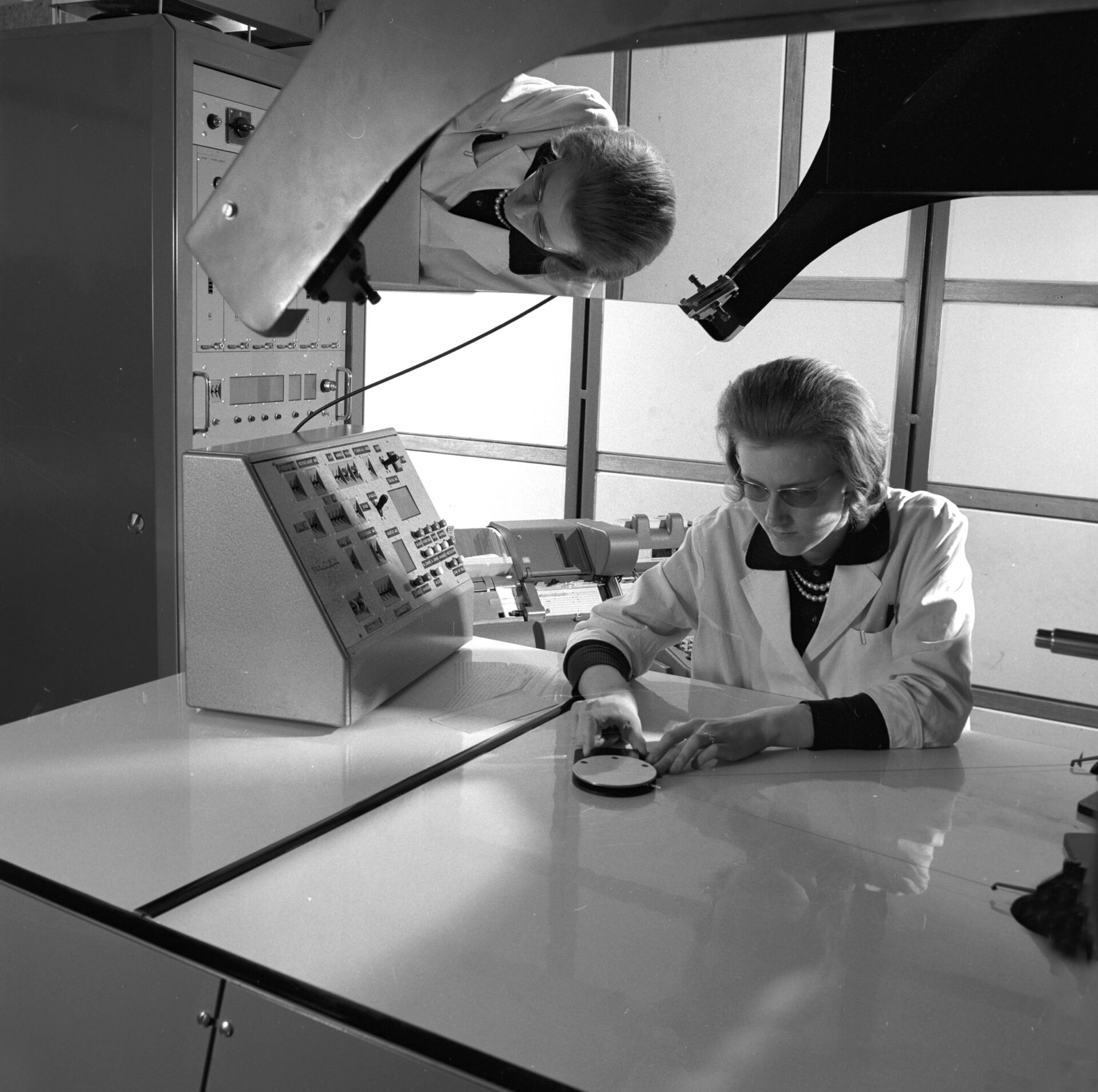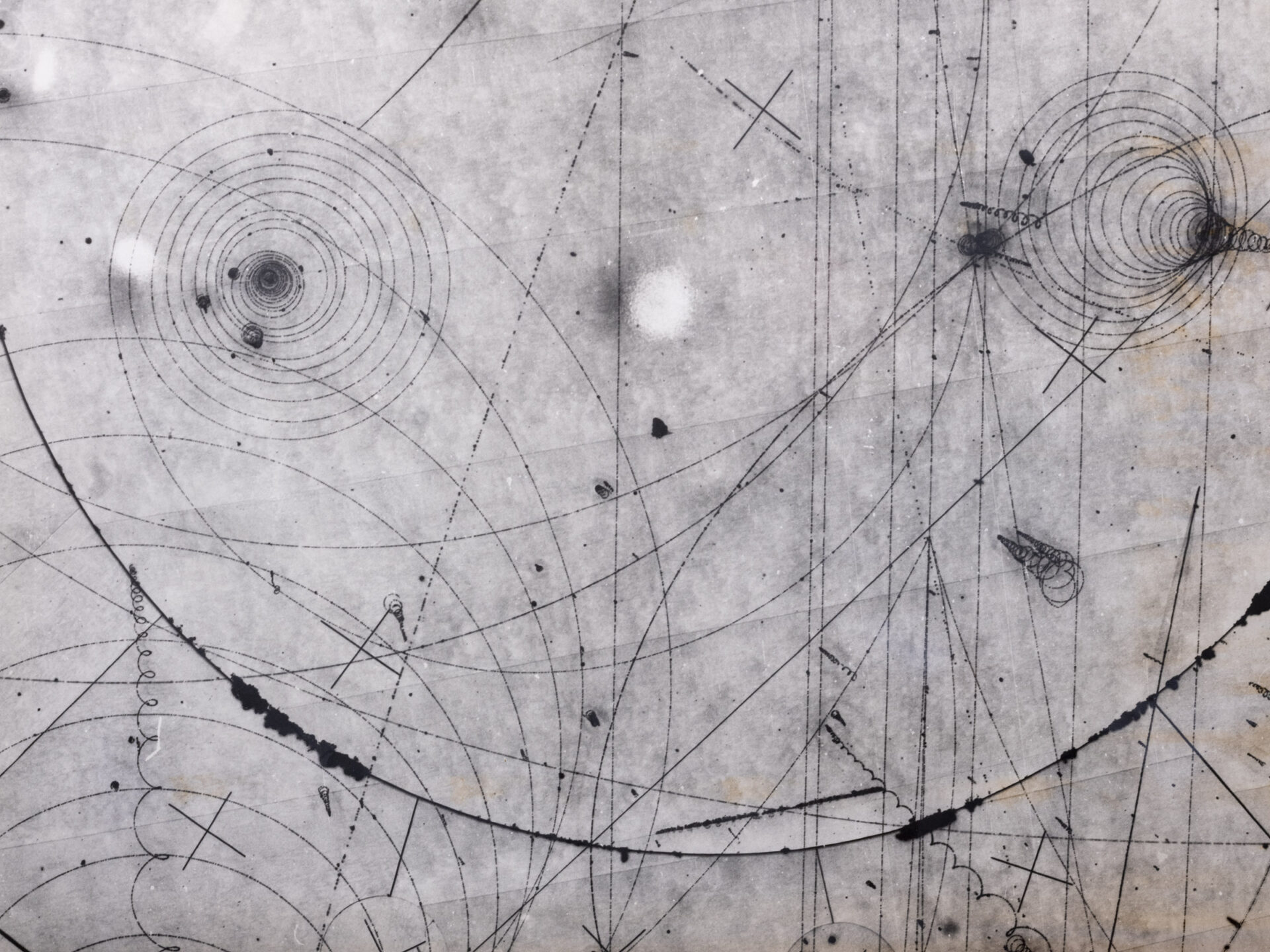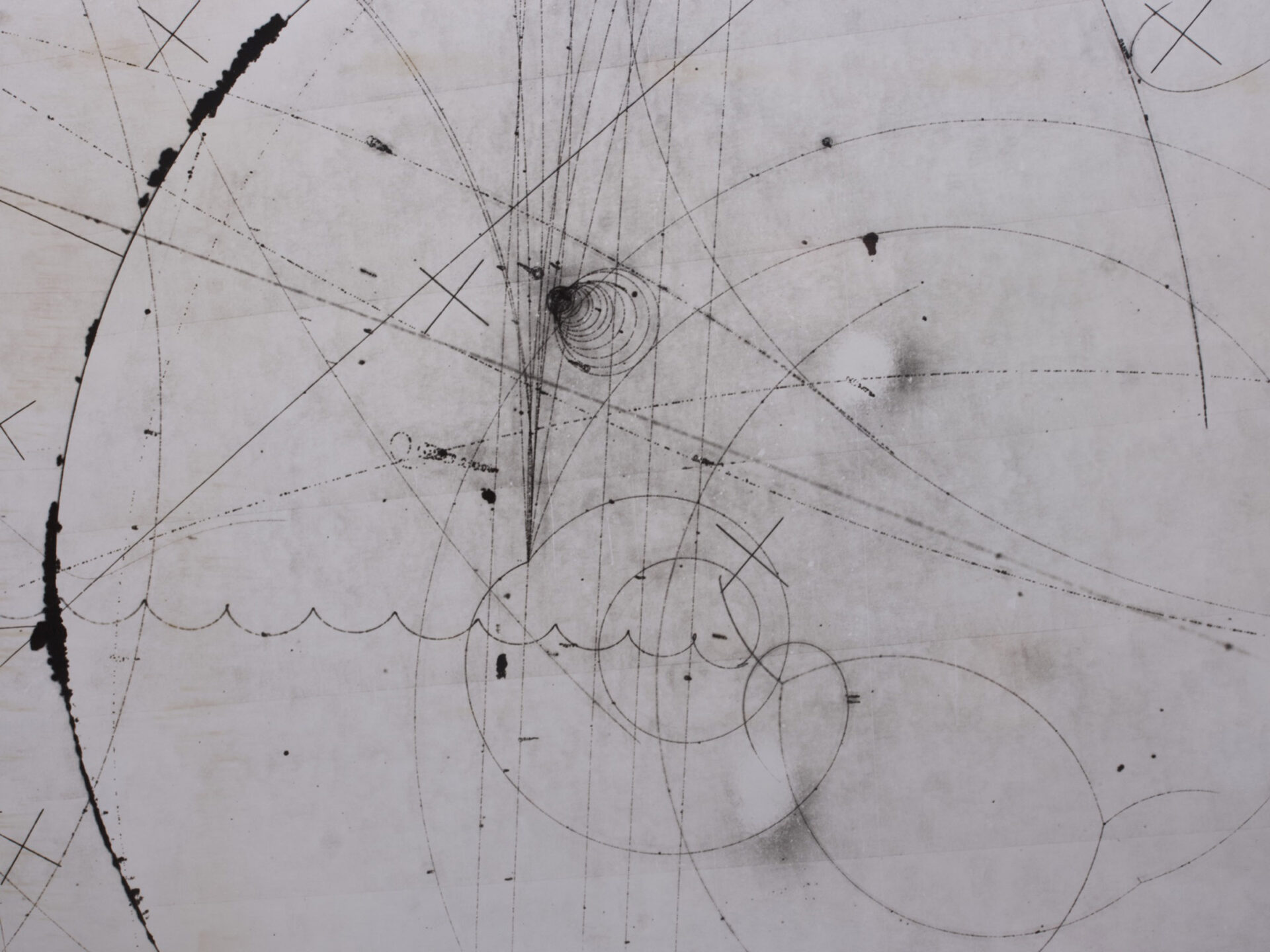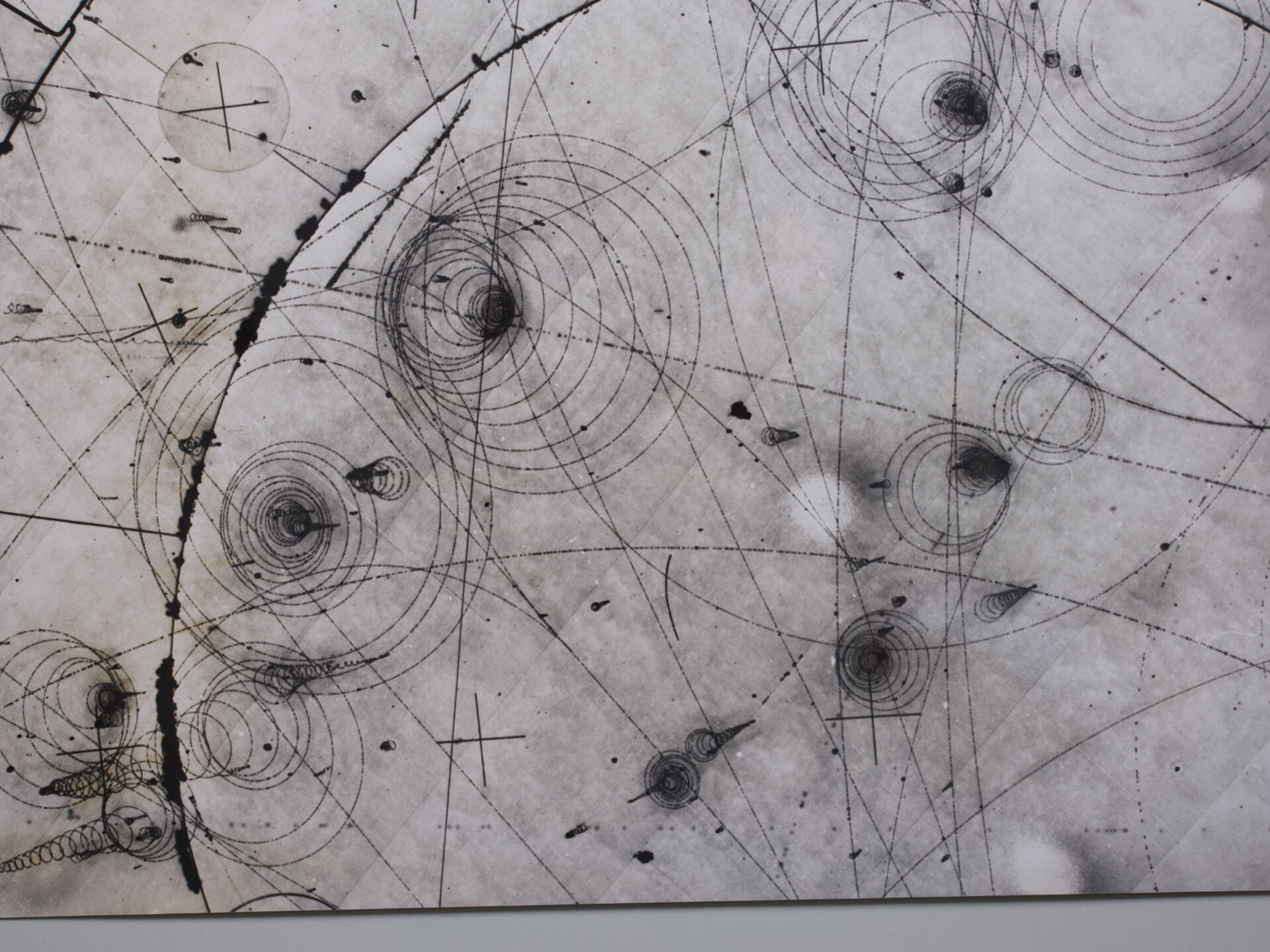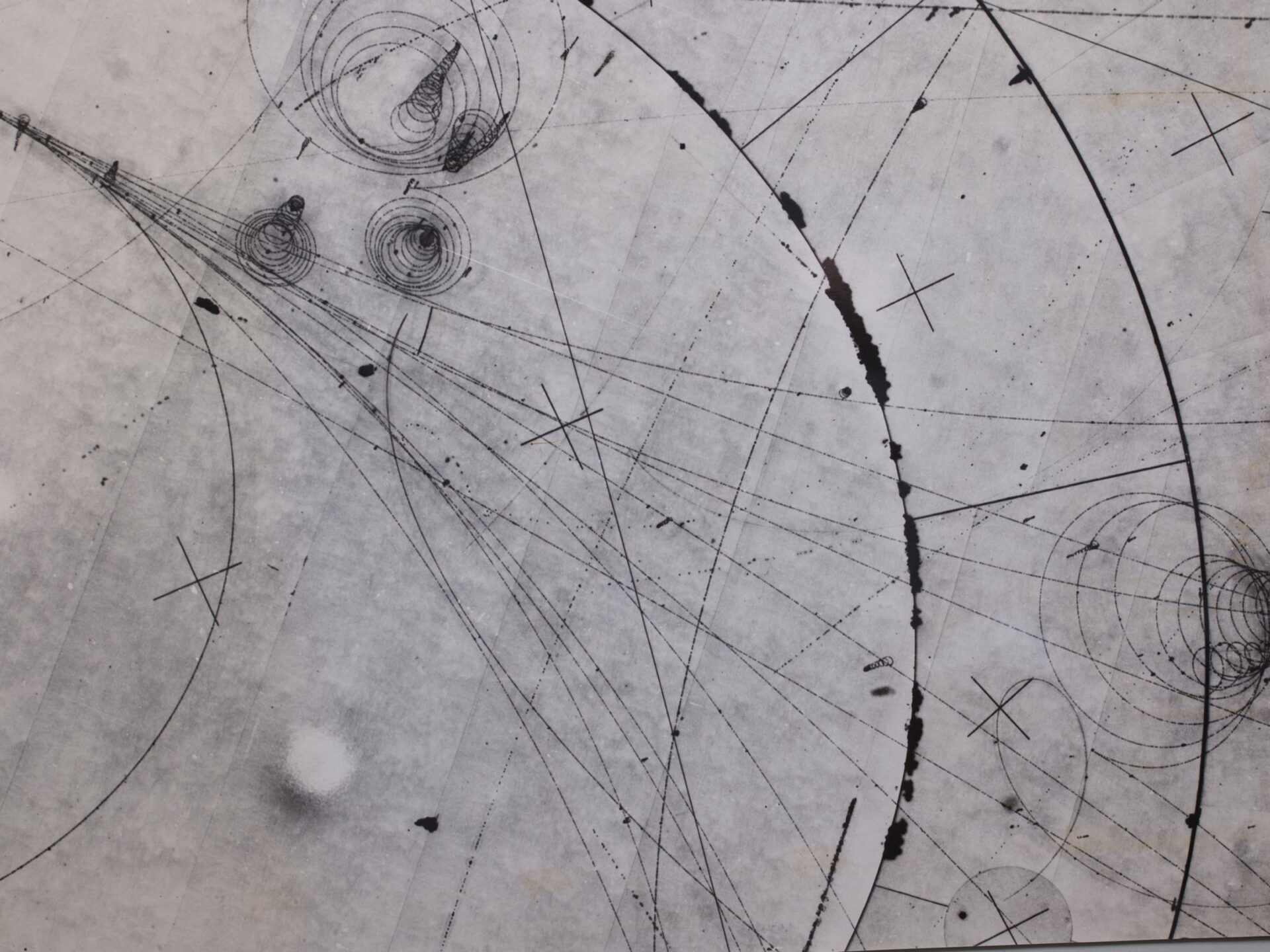TextIMAGING
Estelle BlaschkeOne of the most important functions of photography is the visualization of objects and processes that cannot be perceived by the human eye: Chronophotographic experiments, for example, conducted by Eadweard Muybridge and Étienne-Jules Marey in the second half of the twentieth century, recorded the sequence of a movement; light-sensitive emulsions made it possible to trace radioactivity; X-ray photography screened internal body parts; and microscopic photography opened up new perspectives on nature and new ways of perceiving the world. As an imaging and recording instrument, photography played an essential role in the development of science, especially the natural sciences, and contributed to the concept of objectivity.
IMAGING
One of the most important functions of photography is the visualization of objects and processes that cannot be perceived by the human eye: Chronophotographic experiments, for example, conducted by Eadweard Muybridge and Étienne-Jules Marey in the second half of the nineteenth century, recorded the sequence of a movement; light-sensitive emulsions made it possible to trace radioactivity; X-ray photography screened internal body parts; and microscopic photography opened up new perspectives on nature and new ways of perceiving the world. As an imaging and recording instrument, photography played an essential role in the development of science, especially the natural sciences, and contributed to the concept of objectivity.
Photography was also used to visualize, document, and reflect work processes of all kinds, making them repeatable and measurable. This was crucial for the optimization of scientific, engineering, and industrial processes as well as in the development of educational material. In this context, photographs were always dependent on empirical data and written annotations to be considered reliable information or visual evidence. Photographs were one element in a larger scheme of knowledge production in which images became operational.
Beyond the epistemic value of a single image, photography, especially digital photography, is the medium of choice when lots of images, or visual big data, are needed to extract information and patterns—or to derive a “bigger picture,” as is the case with aerial photography and cartography or the recording and analysis of particle events in physics. Another, related use of photography’s imaging capabilities is the increasingly sophisticated and widespread practice of object-modeling and rendering, which aims to replicate cultural artifacts and the natural world with ultimate fidelity. These practices tie into the long-held dream of substituting physical objects with their visual representation and the idea of manipulating, comparing, and controlling these objects at the scale and format of a photographic print or computer screen. Architecture and design, the gaming industry, and e-commerce, have all operationalized photorealistic renderings in recent decades. Based on the whole gamut of high-tech scanning and imaging techniques and extensive, mostly commercial, 3D asset libraries, computer-aided renderings have become blueprints for the design and manufacture of physical objects. They are the building blocks of future physical and digital environments whose designers promote the transformation of the human experience.
Eine der wichtigsten Funktionen der Fotografie ist die Visualisierung von Objekten und Abläufen, die vom menschlichen Auge nicht wahrgenommen werden können. Die von Eadweard Muybridge und Étienne-Jules Marey in der zweiten Hälfte des 19. Jahrhunderts durchgeführten chronofotografischen Experimente registrierten beispielsweise die genauen Abläufe einer Bewegung, lichtempfindliche Emulsionen ermöglichten den Nachweis von Radioaktivität. Die Röntgenfotografie durchleuchtete das Körperinnere, und die mikroskopische Fotografie eröffnete neue Perspektiven auf die Natur und ermöglichte eine andere Wahrnehmungsweise der Welt. Als bildgebendes und aufzeichnendes Instrument spielte die Fotografie eine wesentliche Rolle bei der Entwicklung der Wissenschaft, vor allem der Naturwissenschaften, und trug zum Konzept der Objektivität bei.
Mit Hilfe der Fotografie wurden Arbeitsprozesse aller Art visualisiert, dokumentiert und reflektiert und damit wiederholbar und messbar gemacht. Dies war entscheidend für die Optimierung wissenschaftlicher, technischer oder industrieller Prozesse einschließlich der Entwicklung von Lehrmitteln. In solchen Gebrauchszusammenhängen waren Fotografien stets von empirischen Daten und schriftlichen Anmerkungen abhängig, um überhaupt als zuverlässige Informationen oder visuelle Beweise zu gelten. Fotografien waren nur ein, wenn auch wichtiges, Element in einem größeren Schema der Wissensproduktion, in dem Bilder operative Funktionen übernahmen.
Über den Erkenntniswert eines einzelnen Bildes hinaus ist die Fotografie, insbesondere die Digitalfotografie, das Medium der Wahl, wenn es darum geht viele Bilder oder visuelle Big Data zu generieren, die dazu dienen visuelle Informationen und Muster zu extrahieren und daraus ein „größeres Bild” abzuleiten. Dies ist beispielweise in der Luftbild- und Satellitenfotografie der Fall sowie in der Kartografie oder aber bei der Aufzeichnung und Analyse von Teilchenereignissen in der Physik. Eine weitere, damit zusammenhängende Nutzung der Bildgebungsfähigkeit der Fotografie sind die zunehmend ausgefeilten und weit verbreiteten Praktiken der Objektmodellierung und des Renderings, die darauf abzielen, kulturelle und natürliche Artefakte möglichst originalgetreu nachzubilden. Diese Praktiken knüpfen an dem lange gehegten Traum an, physische Objekte durch ihre visuelle Darstellung zu ersetzen. Fotografien sollten dazu dienen, diese Objekte im Maßstab und Format eines fotografischen Abzugs oder eines Computerbildschirms bearbeiten, vergleichen und kontrollieren zu können. In der Architektur und dem Produktdesign, der Gaming-Industrie und dem Online-Handel sind fotorealistische Renderings eine weitverbreitete Praxis. Basierend auf der gesamten Bandbreite von Scan- und Bildgebungsverfahren und umfangreichen, meist kommerziellen 3D Objektbibliotheken sind computergestützte Renderings zu den Blaupausen für die Gestaltung und die Herstellung physischer Objekte geworden. Sie sind die Bausteine zukünftiger digitaler Umgebungen, deren Gestalter:innen die Transformation der menschlichen Erfahrung vorantreiben.
Una delle più importanti funzioni della fotografia è la visualizzazione di oggetti e processi che non possono essere percepiti dall’occhio umano. Per esempio, gli esperimenti cronofotografici realizzati da Eadweard Muybridge e Étienne-Jules Marey nella seconda parte del XIX secolo hanno consentito di registrare le fasi successive di un movimento, le emulsioni fotosensibili hanno potuto rilevare tracce di radioattività, la radiografia ha permesso di scansionare le parti interne del corpo umano e la fotografia al microscopio ha aperto nuove prospettive allo studio della natura e cambiato il nostro modo di osservare il mondo. In quanto strumento di visualizzazione (imaging) e registrazione, la fotografia ha avuto un ruolo essenziale per lo sviluppo scientifico, particolarmente nell’ambito delle scienze naturali, e ha contribuito alla definizione del concetto stesso di obiettività.
La fotografia è stata utilizzata per visualizzare, documentare e investigare i processi di lavoro, rendendoli ripetibili e misurabili. Questo è stato cruciale per l’ottimizzazione di processi scientifici, ingegneristici e industriali e per il conseguente sviluppo di una serie di strumenti di formazione.
In questo contesto, le fotografie sono sempre dipese da dati empirici e informazioni scritte per potere essere considerate affidabili come prove visive. Le fotografie costituivano un singolo elemento all’interno di un più largo modello di produzione di sapere, dove le immagini acquisivano una funzione operativa. Al di là del valore epistemico di una singola immagine, la fotografia, in particolare quella digitale, è lo strumento privilegiato quando sono necessarie grandi quantità di immagini, o big data visivi, per ricavare informazioni e pattern visuali, o per ottenere un’“immagine più grande”, come accade con la fotografia aerea, la cartografia e la registrazione/ analisi degli eventi che coinvolgono le particelle in fisica. Un altro utilizzo delle capacità di visualizzazione della fotografia riguarda le sempre più diffuse e sofisticate pratiche di rendering e modellazione degli oggetti, sviluppate per replicare elementi naturali o artificiali con straordinaria fedeltà. Queste pratiche si riallacciano al sogno lungamente coltivato di sostituire gli oggetti fisici con la loro rappresentazione visiva e all’idea di poterli manipolare, confrontare e controllare come si fa con una stampa fotografica o davanti allo schermo di un computer. Negli ultimi decenni l’architettura, il design, l’industria dei videogiochi e l’e-commerce sono stati dominati dall’utilizzo di rappresentazioni digitali fotorealistiche. Basati su una vasta gamma di avanzate tecniche di scansione e visualizzazione e su estese librerie di modelli 3D (principalmente commerciali), i rendering digitali sono diventati la base di partenza per la progettazione e la produzione degli oggetti reali. Questi costituiscono i mattoni con cui vengono costruiti gli ambienti virtuali del futuro, i cui designer sostengono la trasformazione dell’esperienza umana.
La photographie permet de visualiser des objets et des mouvements qui ne peuvent être perçus par l’œil humain, permettant ainsi leur analyse. Les expériences de chronophotographie menées par Étienne-Jules Marey et Eadweard Muybridge dans la seconde moitié du 19e siècle, par exemple, ont permis de mettre en lumière la logique interne du mouvement humain et animal ; les émulsions photosensibles ont permis de tracer la radioactivité ; la photographie aux rayons X a permis d’examiner les parties internes du corps ; et la photographie microscopique a ouvert de nouvelles perspectives sur la nature et de nouvelles façons de percevoir le monde. La photographie a joué un rôle essentiel dans le développement de la science, en particulier des sciences naturelles, et a contribué de manière significative au concept d’objectivité.
La photographie a également été utilisée pour documenter de manière extrêmement détaillée et précise les méthodes de travail de toutes sortes, les rendant mesurables et reproductibles. Cela a été crucial pour le perfectionnement des méthodes scientifiques, d’ingénierie et industrielles. Dans ce contexte, les photographies n’étaient jamais de “simples” images, mais dépendaient de données empiriques et d’annotations écrites pour être considérées comme des informations fiables ou des preuves visuelles. Elles constituaient un élément clé dans un schéma plus large de production de connaissances. Malgré leur importance, ces photographies n’avaient aucune valeur matérielle. Elles étaient rarement conservées, et encore moins archivées, mais considérées comme un moyen de parvenir à une fin et jetées une fois leur objectif atteint.
Au-delà de cet usage, la photographie, en particulier la photographie numérique, est le support de choix lorsque de nombreuses images, ou big data visuels, sont nécessaires pour recueillir des informations et détecter des schémas visuels, ou pour établir une « vue d’ensemble ». C’est par exemple le cas de la photographie aérienne et de la cartographie, de l’enregistrement et de l’analyse des événements liés aux particules en physique, des examens médicaux ou de la reconstruction du patrimoine culturel à grande échelle.
Les pratiques de plus en plus sophistiquées et répandues de la photogrammétrie, qui permet de mesurer un objet dans l’espace à partir de plusieurs prises de vues, et de la modélisation d’objets constituent une autre utilisation liée aux capacités d’imagerie de la photographie. Chacune des photographies individuelles sont de minuscules composantes assemblées par un logiciel et transformées en de nouvelles formes, visant à créer des environnements artificiels ou à reproduire des artefacts culturels et le monde naturel avec une fidélité totale. Ces pratiques sont liées au vieux rêve de remplacer les objets physiques par leur représentation visuelle et à l’idée de manipuler, comparer et contrôler ces objets à l’échelle et au format d’une impression photographique ou d’un écran d’ordinateur. L’architecture et le design, l’industrie du jeu vidéo et le commerce électronique ont tous utilisé les rendus photoréalistes au cours des dernières décennies. S’appuyant sur toute une gamme de techniques de numérisation et d’imagerie de haute technologie et sur de vastes bibliothèques de ressources 3D, pour la plupart commerciales, les rendus informatiques sont devenus à leur tour des plans pour la conception et la fabrication d’objets physiques. Ils sont les piliers des futurs espaces physiques et numériques dont les concepteurs favorisent la transformation de l’expérience humaine.

